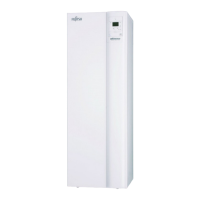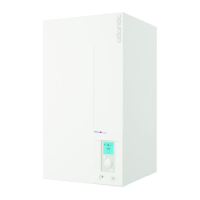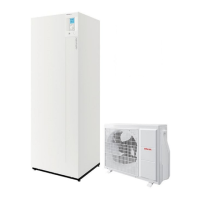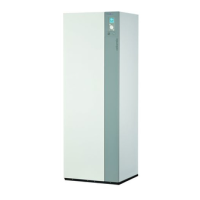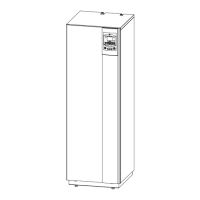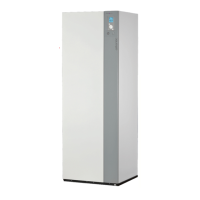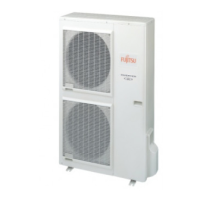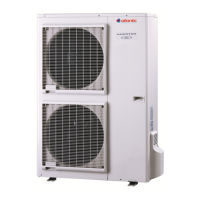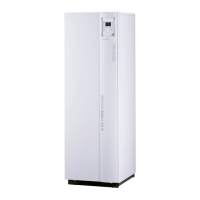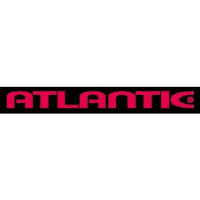
Do you have a question about the Atlantic Alfea Extensa Duo A.I. 8 R32 and is the answer not in the manual?
| Type | Air-to-water heat pump |
|---|---|
| Cooling Capacity | 8.0 kW |
| Heating Capacity | 8.0 kW |
| Refrigerant | R32 |
| Noise Level | 32 dB(A) |
Procedures for safely transporting the outdoor unit, emphasizing upright position.
Requirements for heat pump installation location, altitude limits, and hydraulic unit placement.
Details on power supply requirements, circuit breakers, RCD, and cable types.
Guidance on selecting appropriate cable sizes and circuit breakers for power supplies.
Procedures for bending and routing refrigerant pipes, ensuring their protection.
Guidance on selecting location, ensuring accessibility, and maintaining clearances for the outdoor unit.
Instructions for positioning and securing the hydraulic unit, considering maintenance access.
Compliance with refrigerant handling laws and minimum tool requirements.
Instructions for flushing the heating system and connecting pipes to the hydraulic unit.
Menu for configuring installed options like electrical backup, boiler connection, and number of circuits.
Menu for configuring heating and cooling parameters for different hydraulic zones.
Menu for configuring compressor, heating/cooling, DHW, and tariff settings.
Accessing information on active functions, control panel status, errors, and energy consumption.
Accessing the guided initial setup procedure for the appliance.
Table listing hydraulic unit errors, probable causes, and proposed actions.
Procedures for checking hydraulic circuit for leaks, pressure, and valve operation.
Essential procedures for installers regarding refrigerant handling and vacuum creation.
Detailed explanation of the triple evacuation method for creating a vacuum.
Explains how the heat pump's flow temperature, backup heating, and timers are controlled.
Details on built-in safety features like anti-legionella cycles and frost protection.
Recommendations for placing the outdoor unit, ensuring accessibility and proper clearances.
Guidelines for outdoor unit placement height, stability, and avoiding snow blockage.
Advice on locating the hydraulic unit, ensuring maintenance access, and avoiding heat sources.
Instructions for filling the system with gas, including opening valves and using labels.
Method for conducting a sealing test using a gas detector and addressing potential leaks.
Steps to configure heating zones, including radiator types and cooling function settings.
Configuration of summer/winter switchover, mini cooling switchover, and circuit settings.
A comprehensive checklist for pre-start-up verification of installation and components.
Steps for initial operation, including pump activation, bleeding, and configuration.

